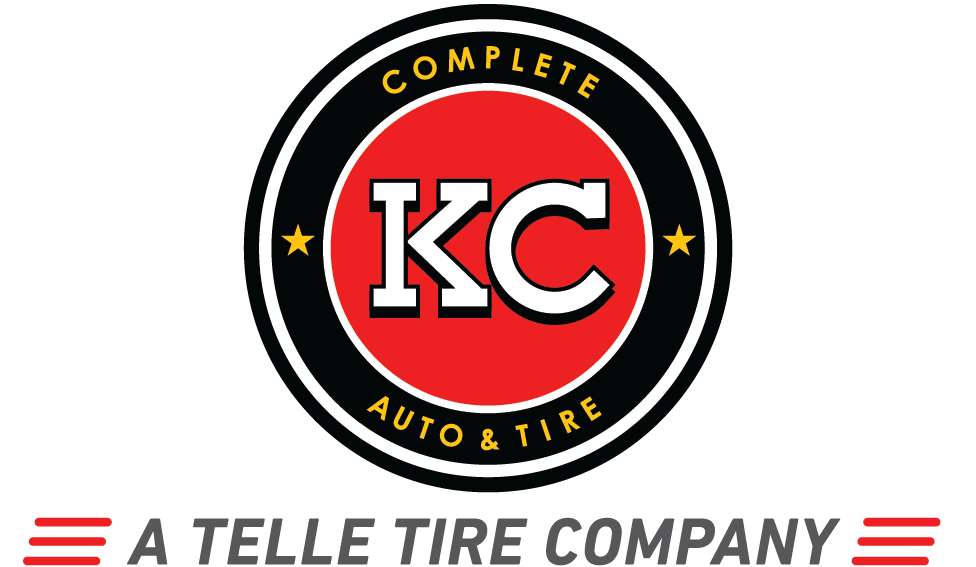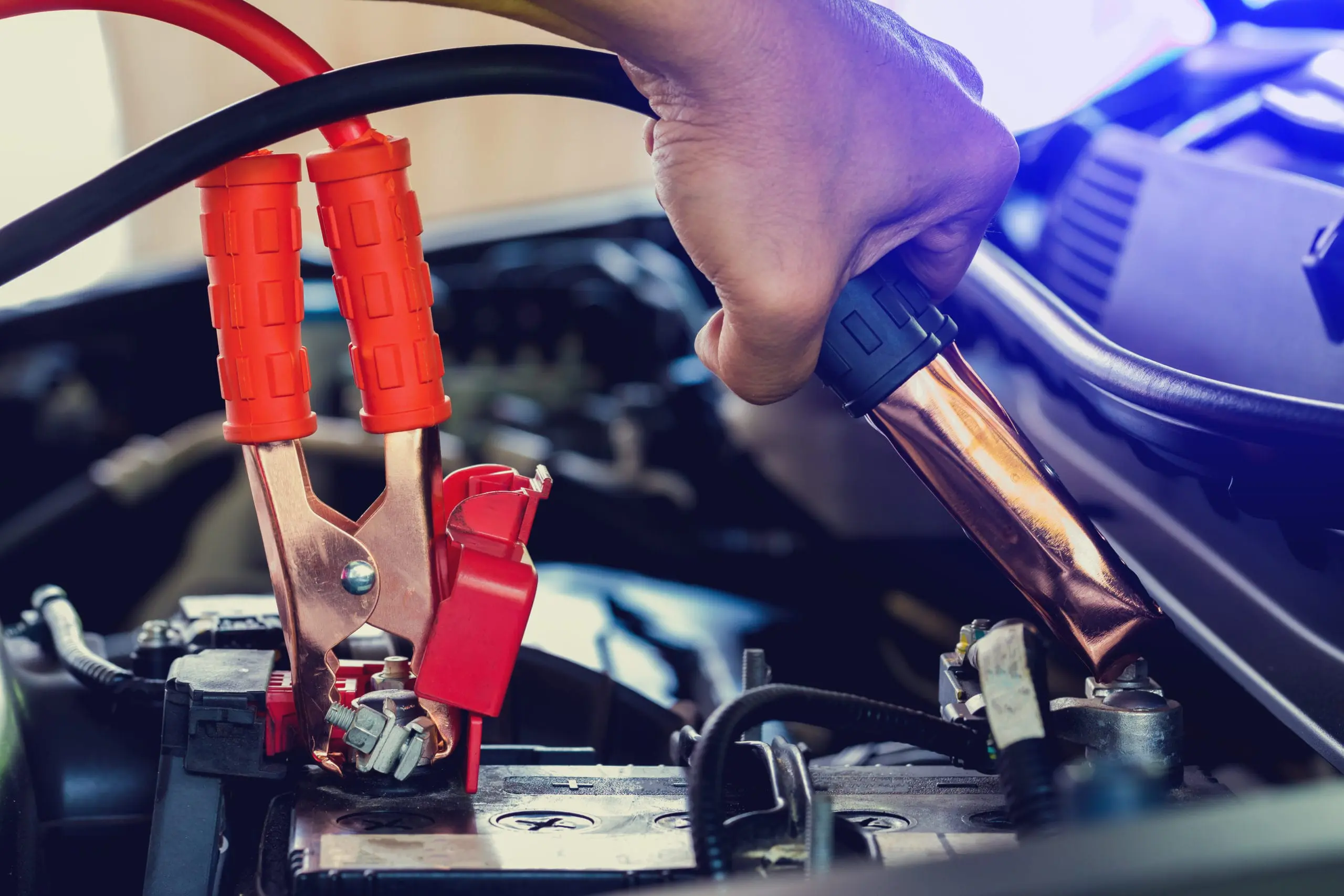8 Reasons Your Car Battery Won’t Hold A Charge
Many vehicle components require regular maintenance to ensure the best safety and performance. However, some pieces, such as your car battery, may last for some time, meaning you don’t think about them much – until they become an issue. Without a functioning battery, your car can’t start, and the electrical components of the vehicle – such as lights, audio, internal computers, and navigation – will malfunction or not work at all, so if you’re able to, we suggest keeping a spare battery on-hand in the event of an emergency. If your car battery won’t hold a charge, there could be one of several reasons for the issue.
Possible Causes of a Drained Vehicle Battery
Different reasons could prevent car batteries from holding a charge for long, but the most common ones are as follows:
Corroded Battery Connections
Electrolytes from the battery top can cause corrosion of the connections to the battery cables and prevent them from reaching a full charge, so the battery won’t hold a charge for long while driving along. Corroded battery cables show blue-white or green-tinged substances on your car’s battery terminals, cables, or posts. You can fix the problem by regular maintenance or taking it to a repair shop for cleaning and evaluation.
Battery Not Recharging As You Drive
Your car’s battery recharges regularly while you drive, but if there’s any connection or mechanical issue, that recharging isn’t taking place, resulting in a quick battery drain. The battery must be checked during routine maintenance to diagnose any issue before it becomes a bigger problem. However, if you’ve just had work done or want to rule it out, inspect the terminals and tighten any noticeably loose connections. Leaving loose connections can cause excessive resistance build-up, affecting adequate battery recharge. Corrosion may also result in a lack of recharge, so if you notice any, remedy it immediately.
The Battery is Old or Past Expiration Date
Your car battery won’t hold a charge for long if it reaches the end of its service life. A battery will typically serve you for three to five years. An old battery is easily identified visually when corrosion returns just a few months after cleaning. When this happens, you must take your vehicle in for a full-service car battery replacement.
Faulty Alternator
The alternator fails because of use or age. Premature failure may result from fluid leaking on the component. Indicators of a faulty alternator are the smell of burning rubber, whining or growling sounds, and battery warning lights. The best way to fix the alternator is to take your car to a repair shop for diagnosis and assessment because technicians will identify the specific part that has an issue.
Parasitic Draw on Charge
A parasitic draw happens if your battery keeps draining when the car is not running. Some faulty issues with the car could be drawing the charge even when the engine is off, or it could be as simple as an interior light that was left on for an extended period.
Overcharging, Undercharging, or Allowing Deep Discharge
Overcharging can cause overheating and breakdown of your car battery. It arises from charging too frequently or for long periods.
When you do not sufficiently charge the battery, the lead plates begin to sulfate, reducing the surface area for the necessary chemical reaction. Lastly, a deep charge allows the battery to discharge completely before recharging. This can damage the battery and reduce power holding capacity. This issue is common among electrical car owners.
Extreme Temperatures
Extreme temperatures result from hot or freezing weather. It evaporates the battery water and reduces its efficiency. For extreme coldness, the battery may not produce enough charge. Living in an area with extreme weather conditions requires extra attention to be paid to the battery’s cold cranking amps (CCA) rating. In the battery industry, the CCA rating defines the battery’s ability to start the engine in cold temperatures. The higher the CCA rating, the greater the battery’s starting power. Get an inspection for your car battery to determine if you will need to add water to get it running.
Blown or Defective Fuse
An overloaded battery will blow a fuse because too much current flows through the circuit. Common indicators of a defective or blown fuse include minor electrical problems like faulty interior backup lights. Use your car manual to locate and fix the blown fuse, or take it to your mechanic for assistance.
How to Diagnose a Battery Issue
If your vehicle is having trouble getting started or experiencing technical issues, there are a few ways to determine whether it’s the battery causing the issue or something else.
- Check Your Headlights: Not only do headlights help you see at night, but they can be a valuable diagnostic tool. Turn on your headlights and evaluate their brightness. If they appear at full brightness, your vehicle may have a wiring issue or faulty starter. If they don’t look as bright as usual, your car battery is most likely the problem.
- Attach a Voltmeter: Voltmeters help gauge how much power your battery outputs. The red lead is attached to the battery’s positive terminal, while the black is attached to the negative. A voltmeter reading between 12.56 and 12.77 volts indicates a fully charged battery. If the reading is less, you may need to continue looking into the cause of your battery not holding a charge.
- Consider the Battery’s Age and Condition: Old car batteries will often become worse at holding a charge. Check for obvious signs that your battery is too old or worn, such as visible corrosion and cracking. If the battery is at least four years old, it’s time to consider a replacement. If the battery is younger, it could lose charge if it hasn’t been started for days or weeks.
Determining whether or not the battery is the cause of your vehicle issues will help you ensure you correctly repair the issue.
Fixing the Battery
If the battery is under four years old, it may be possible to fix your battery issue rather than replace it by charging it with a battery maintainer or battery tender. It’s important to note that this should only be used after all other potential electrical problems have been ruled out.
When you park your vehicle for the night, open the hood, connect the battery maintainer to a household outlet, and connect the positive (red) connector followed by the negative (black) to their respective battery posts. You can place the maintainer unit on any flat surface while charging, such as the front edge of the vehicle in front of the fan. Some battery maintainers will come with three charging modes:
- Soft Start: Ideal for severely depleted batteries
- Recondition: Recommended for distressed batteries
- Enhanced: Best for vehicles in long-term storage, such as classic cars or sparingly used off-road vehicles
Once the maintainer is connected to the car battery and outlet, it will turn on automatically and provide electricity for as long as necessary. Leaving the maintainer constantly connected is an excellent solution for parked vehicles that are seldom driven and have difficulty holding a charge.
You can also use a trickle charger, which helps deliver very low voltage that delivers charge over a period of time. Trickle chargers remove the need for periodic charging as it’s constantly feeding the battery with a low charge. These provide a charge equal to the battery’s self-discharge rate, so, unlike a maintenance charger, it will need to be manually disconnected once the battery is fully charged to prevent overcharging.
Have Your Vehicle Battery and Electrical System Checked and Replaced at Telle Tire
Keep your car battery maintained and functioning to avoid breakdowns or frustrations when starting the car. The professionals at Telle Tire handle more than just tires – we can test and diagnose your battery or electrical system issue and replace components like a dead car battery professionally so you can rely on your vehicle again. Find our nearest location or schedule service today!


